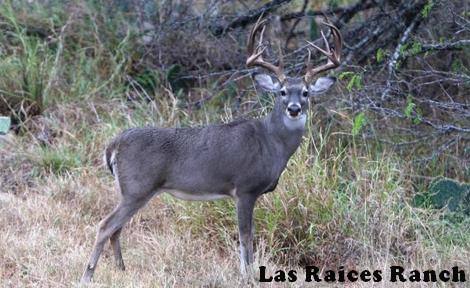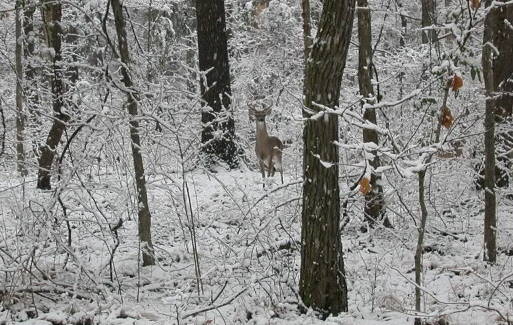There has been an ongoing debate in deer management over the culling young white-tailed bucks based on antler characteristics ever since the first research on the subject concluded. The subject at the very heart of this debate still remains the harvest of spike antlered bucks. Though many deer managers cull bucks in an attempt to improve the antler quality of their deer herd, does it really work?
DADH: “Conflicting penned deer research findings have fueled the age-old culling controversy. Study results on captive deer have produced recommendations ranging from removing all spike-antlered (presumably genetically inferior) yearlings, to complete protection of all yearling bucks regardless of their antler traits. Those favoring selective removal of small-antlered young bucks claim such a practice will remove small-antlered genes from the herd and improve antler quality.”
Texas has lead the way in terms of antler research. Research conducted by Texas Parks and Wildlife Department suggests that breeding better-antlered white-tailed bucks improved the antler quality of bucks sired, but then researchers at Texas A&M University concluded that a doe’s “nurturing ability” was the most important factor. The latter study suggests that the genetics of individual deer are not important at all?

In an attempt to end the culling debate, researchers from Stephen F. Austin State University set out to determine if a white-tailed buck’s first set of antlers were good predictors of future antler growth. Would yearling bucks in a wild population and varying in antler quality really be significantly different as they aged? To answer this question, wild bucks were captured in South Texas and yearling bucks were permanently marked. This allowed bucks to be tracked from yearling to maturity.
What did they find? Well, at 4 1/2 years old they observed no significant difference in Boone and Crockett antler scores between marked 2, 3, 4, 5, 6, 7, and 8 point yearling bucks. Researchers found that smaller antlered yearling bucks attained a mean antler size equal in width, mass, length and number of points to those starting with larger antlers at yearling age. They were also not significantly different at 5½ years of age and older. Earlier I said that culling works, but this research suggests that removing small-antlered yearling bucks would not improve mature buck antler size. So what gives?
Well, first let’s look at how the yearling bucks were grouped. In the study, yearling bucks were divided into two antler-point categories, those with three or fewer antler points and those with four or more antler points. Although their objectives were to determine if 2 and 3 point bucks were inferior to 4+ point bucks, the implications to deer managers are muddy. If one were to just read through the study it would seem meaningless to cull at all, but it’s not and here’s why.
In my opinion, instead of comparing 2 and 3 point yearling bucks with 4+ point yearling bucks, the data should be re-worked to compare 2 and 3 point yearling bucks with 7 and 8 point yearling bucks. Since most yearlings have either 2, 3, 4, 5, 6, 7, or 8 total points, I think all the mediocre yearlings (4, 5, and 6 points) bring down the average from the top-end deer (7 and 8 points). Since yearling antler points, like everything else, fall along a bell curve, I can only assume that there were many more 4, 5, and 6 point bucks in their sample than 7 and 8 point yearlings. Let’s see the data from 2 and 3 point deer versus only 7 and 8 point yearlings.
Buck Management: Culling bucks is not simply shooting every 2 and 3 point buck we see. If you are even remotely interested in improving the buck segment of a deer herd then I recommend shooting yearling bucks with 4 or fewer antler points. If you have a higher threshold for pain (especially fewer bucks in the short-term), then I suggest shooting yearling bucks with 5 or fewer antler points. This may sound insane at first, but because top-end bucks make up only 20% or less of the buck herd, the competition has to be removed! By doing this, a land owner can ensure that all future deer (bucks and does) are sired by the best bucks. If you are going to make drastic genetic changes within a population, it takes drastic action. Ranchers do not put a crappy bull, a mediocre bull, and a good bull in with their cows and hope all the calves end up being grand champions.
Buck management is not a one-size-fits-all for every ranch. Culling must occur at the yearling level as well as each age class thereafter. Bucks at each age must be compared on a relative basis to other bucks in the age class and inferior bucks should be harvested. As a property progresses in a deer management program the quality of cull, management, and trophy bucks should increase if the age, genetics, and nutrition are in place. And remember this, if genetics were not heritable why would deer breeders (whether you like them or not) consistently produce monster buck after monster buck. I think there is something to it!

